Search

Are Ant Mounds in Pastures Bad?
We often receive reports of large ant mounds in a pastures and rangeland. These mounds are the creation of thatching ants, which are common in South Dakota. Although these mounds are often considered a nuisance, the ants may play an important role as predators of potential pest insects.
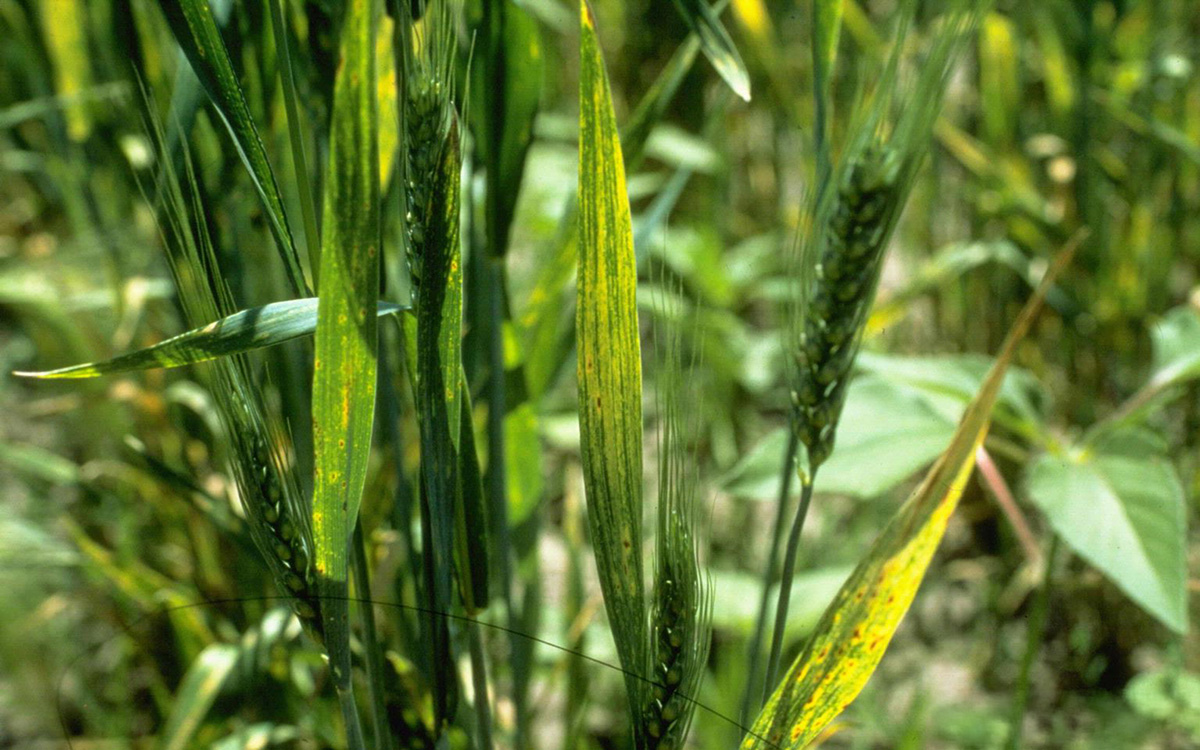
Volunteer Wheat and Kochia Management With Herbicides Will Likely Require Two Passes
Wheat curl mites, which carry wheat streak mosaic virus, use volunteer wheat and grass weeds as secondary hosts to infest recently planted winter wheat crops. Therefore, effective management of these plants before winter wheat planting is critical.

Semen Handling Procedures
Before the start of the breeding season, it is a good practice to review the proper semen handling procedures.
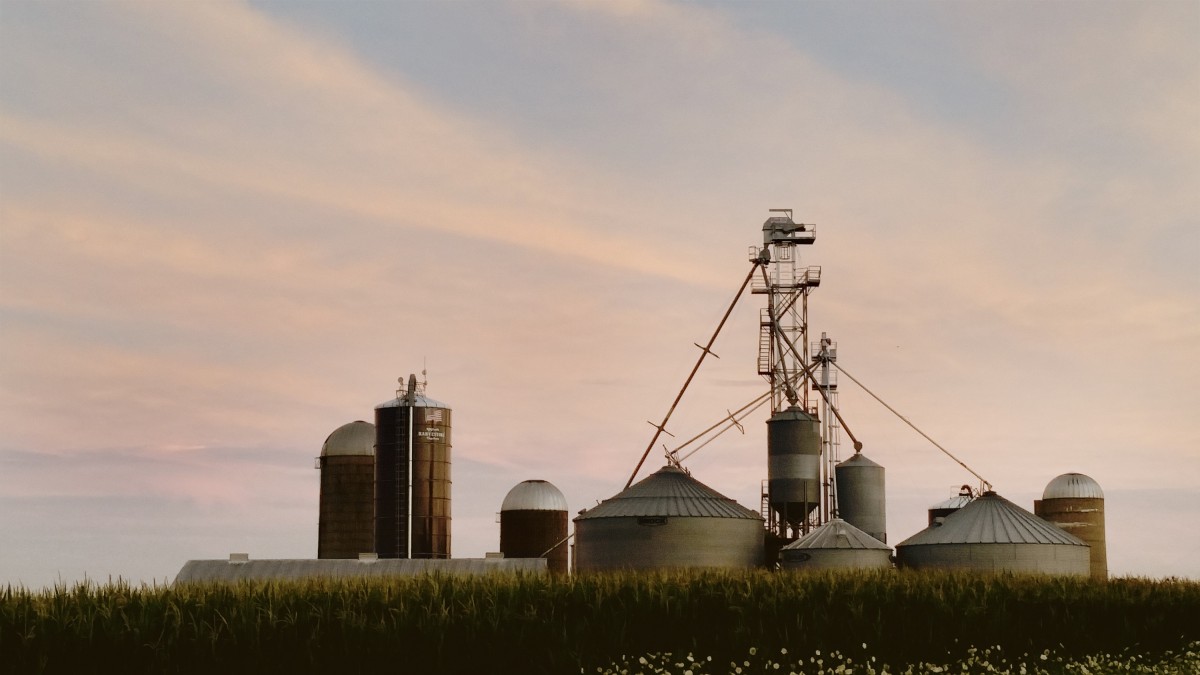
Corn Grain Moisture Discount: Why and How Much?
Corn marketed at the standard moisture content of 15.5% and 56 pounds per bushel typically contains 47.3 pounds of dry matter and 8.7 pounds of water. At harvest, a producer has to decide whether to sell (or even store) his corn at ‘as is’ moisture content or mechanically dry it before taking it to the buyer.

Managing Livestock Attractants Near Water
In the event that your pasture includes riparian areas, such as streams, rivers, lakes or ponds, you’ll want to take special care of these habitats. A riparian area is the space immediately adjacent to the shore, where water and land interact.
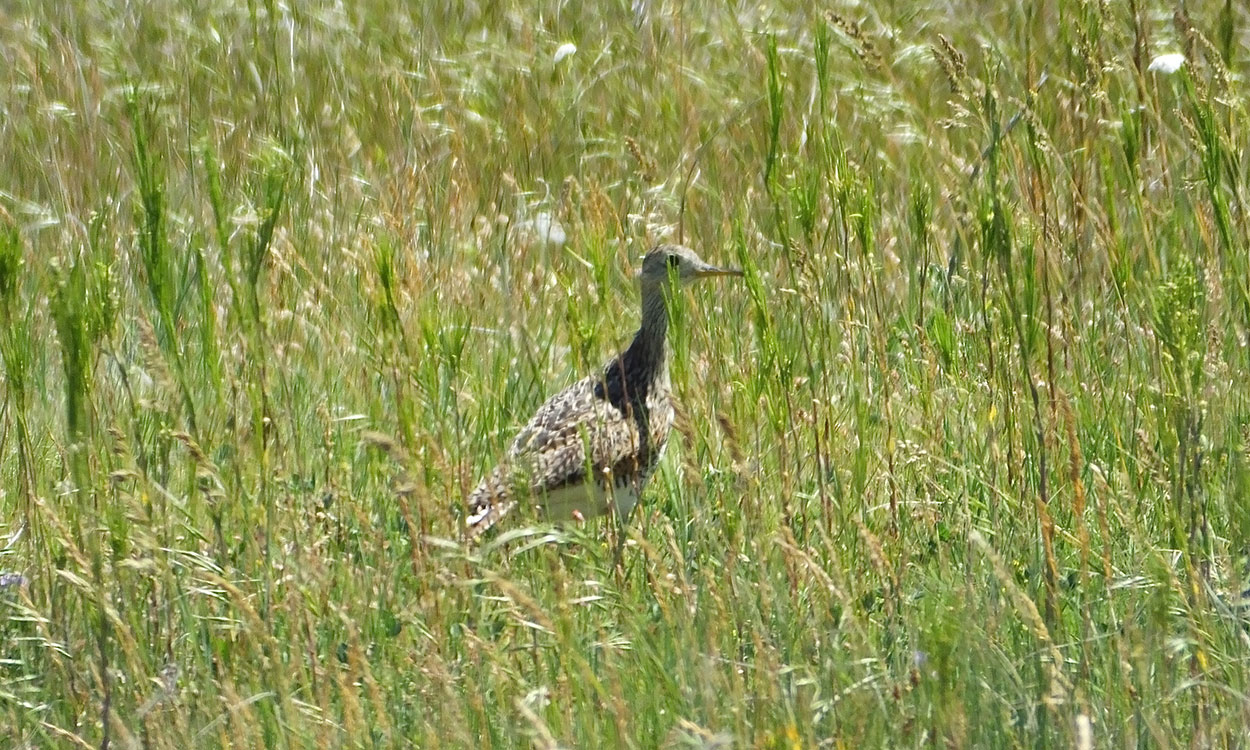
Wildlife
Not only will well-managed grasslands provide habitat for native wildlife; the presence of these often-overlooked species are a great indicator of a well-managed (and likely profitable) grassland system.
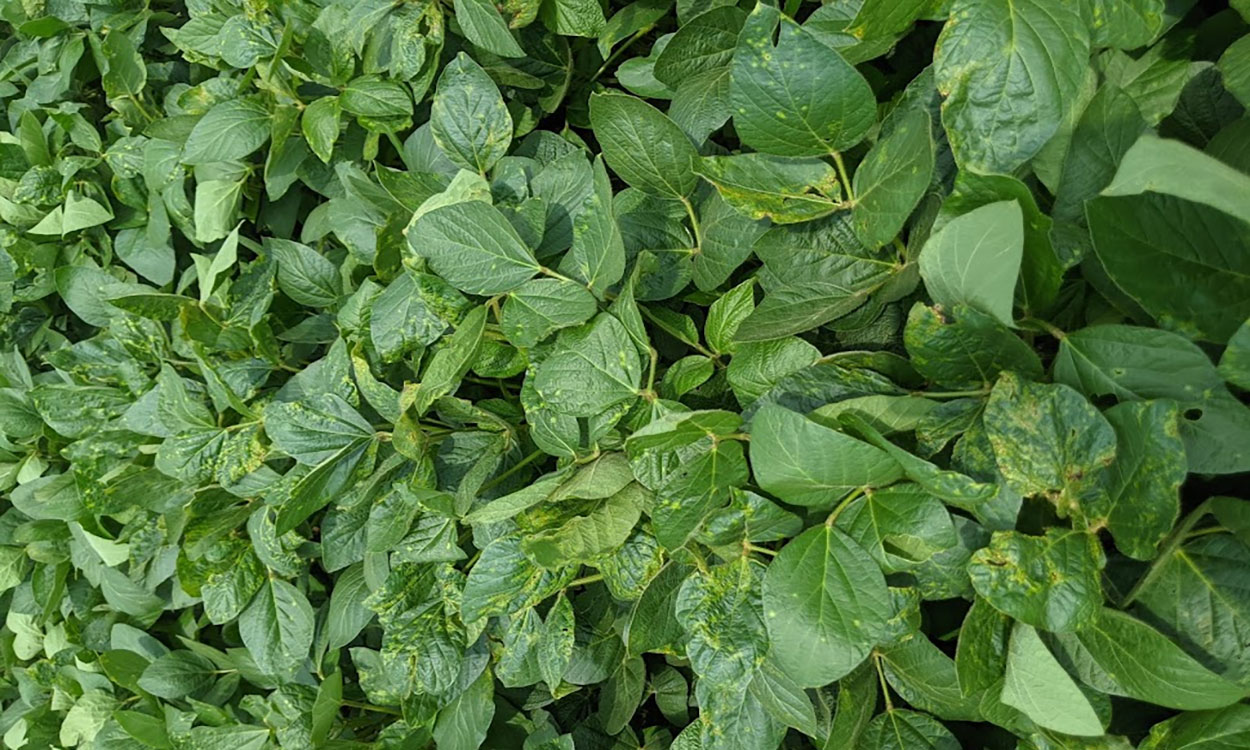
Bacterial Blight Developing In Some Soybean Fields
Bacterial blight was found developing in a few soybean fields scouted the week of July 19. Leaf tattering is a common symptom of bacterial blight and happens when expanding bacterial blight lesions coalesce and form large brown patches.
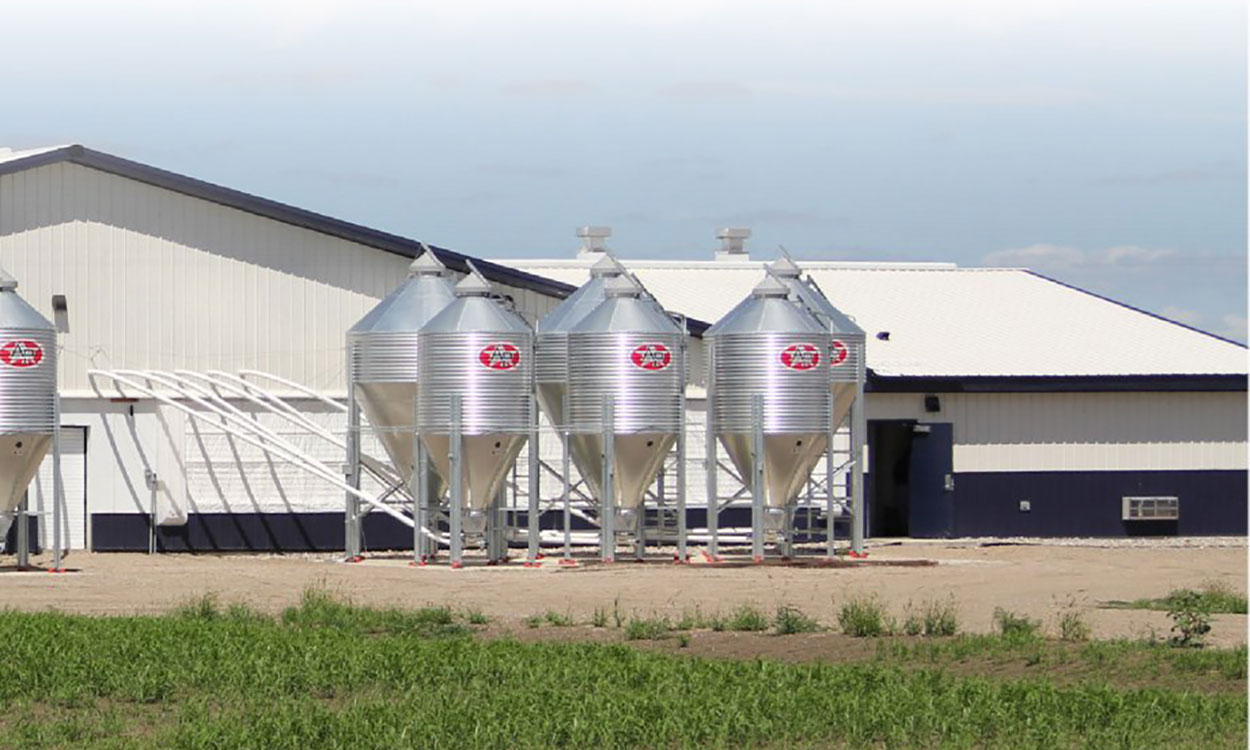
Phytobiotics-based Product Found to Impact Bacterial Populations in Gut of Weaned Pigs
As additions to feed or water, phytobiotics have shown promise in alleviating some of the negative effects of weaning on piglet health and growth performance.

A Cactus for Every Holiday: Caring for This Popular Indoor Plant
Many people may not realize that there are three distinct species of holiday cacti: Easter, Thanksgiving and Christmas. This article explains the different types of holiday cacti and how to care for them.
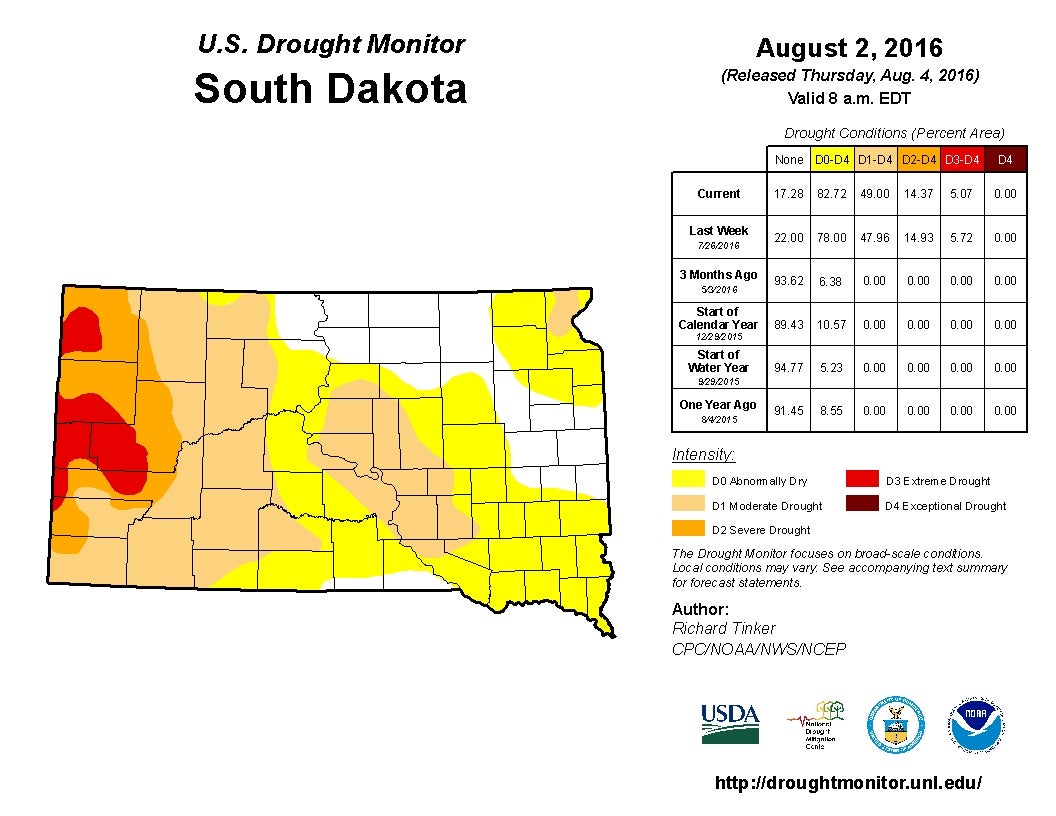
Water Conservation and Efficiency During Times of Drought
As drought conditions continue to expand across the state this year, more thought is given towards South Dakota’s limited water resources. We live in a state where weather conditions and rain patterns seem to comfortably exist at the extremes; we either have way too much or nearly not enough. While this isn’t always the case, it is important to keep in mind that our water resources are finite and all of us should be thinking about doing what we can to protect them.